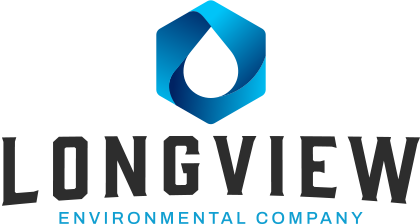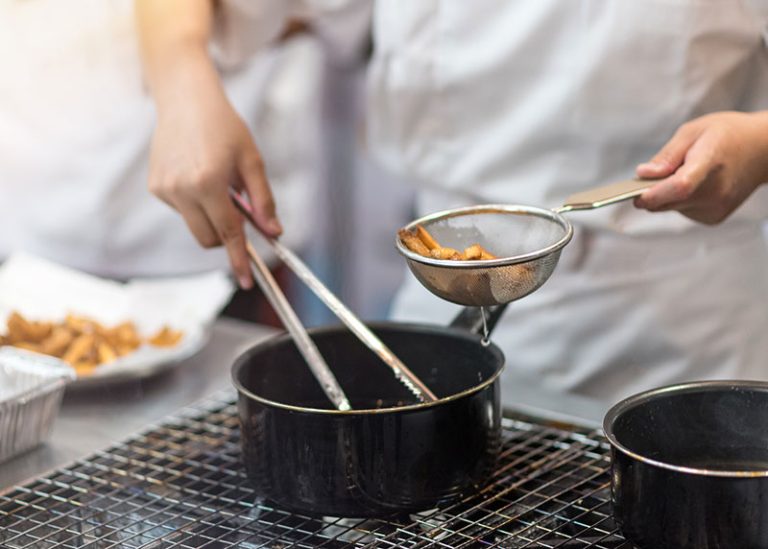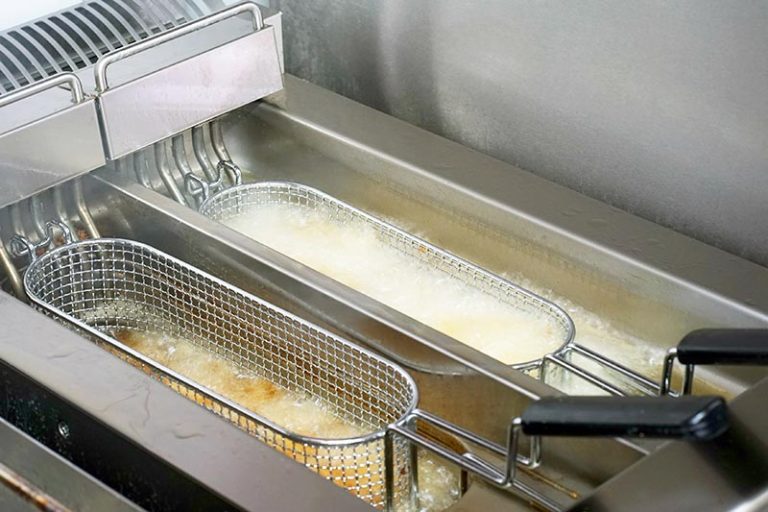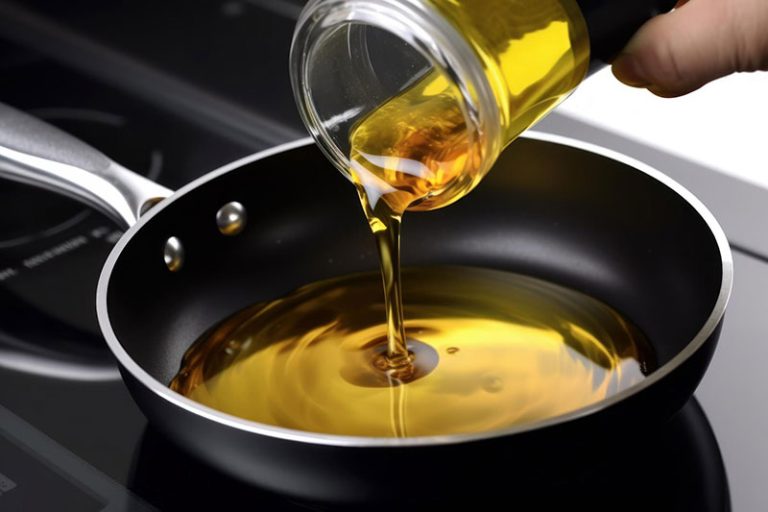Grease Smart, Not Hard: Staff Training Tips for Safer Oil Handling
Safety Starts with Awareness
In any fast-paced kitchen, attention is pulled in multiple directions. Between preparing meals, managing inventory, and serving customers, it’s easy to overlook the small behaviors that lead to big risks. Improper oil handling is one of those areas. Whether it’s a spill from an overflowing container or a slip caused by residue near the fryer, the consequences can be serious—from staff injuries to health code violations.
Many restaurant owners and operators assume grease safety is just common sense. But the reality is that staff come from varied backgrounds, with differing levels of experience and exposure to food safety protocols. Without clear, consistent training, risky shortcuts become routine. And over time, these shortcuts don’t just jeopardize worker safety—they compromise compliance, increase maintenance costs, and reduce the quality of the recycled oil itself.
Building awareness starts with reframing oil not as waste to discard, but as a material that demands care, just like food. When oil is seen as part of the kitchen’s ecosystem—not just a byproduct—handling practices improve naturally. Longview Environmental encourages clients to lead with this mindset, reinforcing the idea that every staff member plays a role in both safety and sustainability.
Core Concepts Every Team Should Master
While every kitchen is unique, there are foundational skills and routines that apply to all foodservice teams when it comes to grease. These core competencies form the backbone of a safe, efficient operation. First is knowing how to properly dispose of used oil. That means allowing it to cool before transferring it, avoiding spills, and using the right containers provided by your service partner. Rushing this step or using makeshift containers increases the risk of burns and cross-contamination.
Equally important is understanding grease trap function. While cleaning and maintenance are handled by professionals, staff should know the basics: what the trap does, what shouldn’t go down the drain, and how to report signs of a blockage or odor. This shared responsibility helps prevent overflows and alerts managers to issues before they escalate.
Another critical area is preventing and cleaning up spills. Kitchens should have clear procedures in place for immediate response, including designated mop stations, signage, and non-slip footwear protocols. Training should also address personal protective equipment (PPE) such as gloves or aprons during oil disposal tasks. These steps not only prevent injuries but also promote a culture of accountability and professionalism.
When team members understand the why behind the procedures—not just the how—they’re far more likely to follow them consistently. That’s why Longview Environmental provides training templates that connect handling practices to real-world outcomes, from avoiding accidents to preserving oil purity for recycling.
Training That Sticks: Making Safety a Habit
The best training doesn’t come in a one-time lecture or a forgotten handout. It’s woven into daily operations in ways that are simple, repeatable, and reinforced over time. For kitchens with high staff turnover, this consistency becomes even more important. New hires should receive oil handling training as part of their onboarding, but ongoing reinforcement is key to long-term behavior change.
Successful teams treat safety training the same way they treat prep lists or shift notes—it’s part of the routine. Short pre-shift huddles can include a quick tip or reminder, like checking for oil leaks or wiping down transfer containers. Visual cues, like posters or decals near the fryer station, can serve as passive reinforcement. Managers can assign “grease champions” during busy shifts—team members who double-check protocols and support newer staff.
Longview Environmental partners with operators to provide downloadable training aids and checklist templates. These resources are designed to blend seamlessly into existing SOPs, making adoption easy and scalable. Our approach focuses on behavior design, not just information delivery—so kitchens don’t just learn, they change.
Cleaner Practices, Safer Kitchens, Smarter Recycling
Training your team to handle oil properly isn’t just about avoiding fines or reducing accidents—it directly impacts the quality of your recycling program. Contaminated oil yields less value and may disqualify your kitchen from rebate opportunities. Grease that spills, mixes with food, or is handled in unclean containers reduces its usability for biodiesel conversion and slows down your sustainability goals.
Moreover, safer practices lead to stronger morale and retention. When staff feel confident in their routines and understand the importance of their work, they’re more engaged and less likely to make mistakes. This ripple effect is something Longview Environmental sees again and again in kitchens that invest in staff development. The gains are not just environmental—they’re operational.
Clean, safe, and efficient oil handling is a win-win-win. The kitchen is safer, the recycling stream is purer, and the brand reputation is stronger. For clients aiming to improve their ESG reporting or highlight sustainable operations to customers, these internal practices become external proof points.
Lead with Knowledge, Operate with Confidence
Grease management doesn’t begin and end with the service provider—it lives in the hands of your team every day. By investing in oil handling training that’s simple, consistent, and connected to real outcomes, you give your kitchen the tools to thrive. And with Longview Environmental as your partner, you’re never alone in that effort.
We believe safety and sustainability go hand in hand. When your staff knows what to do, why it matters, and how to do it well, your kitchen becomes more than compliant—it becomes confident. Let’s build a safer, smarter kitchen together—starting with the people who power it.
